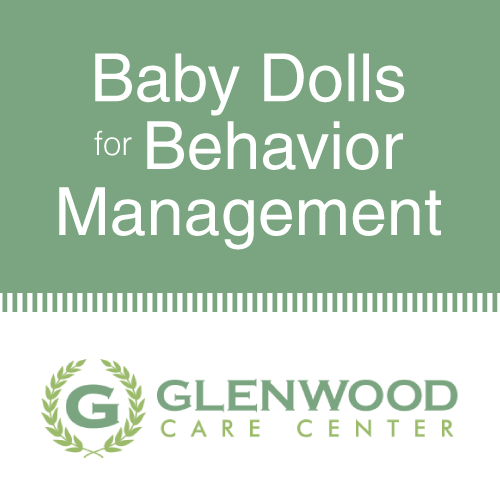
Our Process
Each resident was screened with both the FAST and GDS to determine cognitive staging.
- Resident #1: Stage 6 on the FAST, Level 6 GDS. She had frequent episodes of crying out for family and attempts to get out of bed, and she was combative during care.
- Resident #2: Stage 5 on the FAST, Level 5 GDS. She was often trying to elope, constantly looking for family, combative with staff and resistant to care.
- Resident #3: Stage 5 on the FAST, Level 5 GDS. She was depressed, looking for family and trying to get up on her own.
- Resident #4: Stage 6 on the FAST, Level 6 GDS. She was often looking for her deceased husband and waiting at the door for her children, and she often expressed wanting to die because she was a burden.
We determined it would be appropriate for these residents to take place in our trial use of baby dolls in the facility. Residents’ families were informed of our plan.
Our residents were all provided with ethnicity-specific baby dolls to increase the likelihood that they would relate to the doll they were provided. We monitored their ability to relate, their interaction with the baby dolls and their overall behaviors.
Findings
- Resident #1 was more easily re-directed, had decreased episodes of crying, decreased attempts to get out of bed, and decreased conflict and anger associated with her family.
- Resident #2 was interactive with her baby doll, but she continues to attempt to elope from the facility and look for family.
- Resident #3 experienced an effective dose reduction with psychotropic medications, fewer attempts to get up on her own and decreased verbalization of being sad.
- Resident #4 had decreased episodes of wanting to find her family and a decreased incidence of verbalizing wanting to die.
Plan
Daily Activities programming revolved around care for the baby dolls. The Activities Director provided diapers, wipes, clothing and blankets, and residents cared for their baby dolls during morning activities. Residents gained an extreme sense of satisfaction, care and purpose during this care.
We will continue to work with our psychiatrist on gradual dose reduction of psychotropic medications when appropriate. We also will continue to trial the use of baby dolls with other residents who may benefit from this programming.
Conclusions
The use of baby dolls has proved to be an asset in our skilled nursing facility. Our residents have a sense of purpose, are brought back to a nurturing time in their lives and are distracted with a positive outlet. We will continue to use baby dolls as a valuable part of our programming with residents who fit our criteria.

